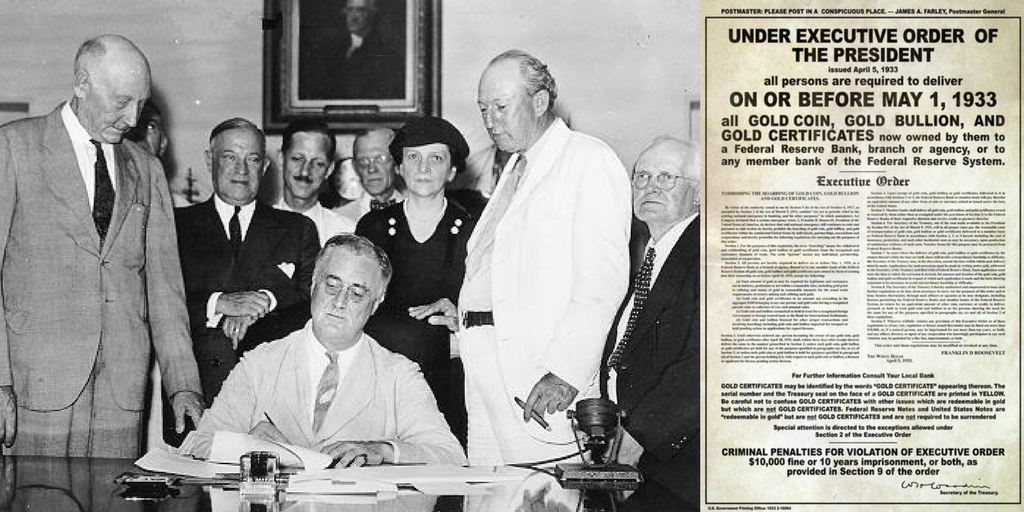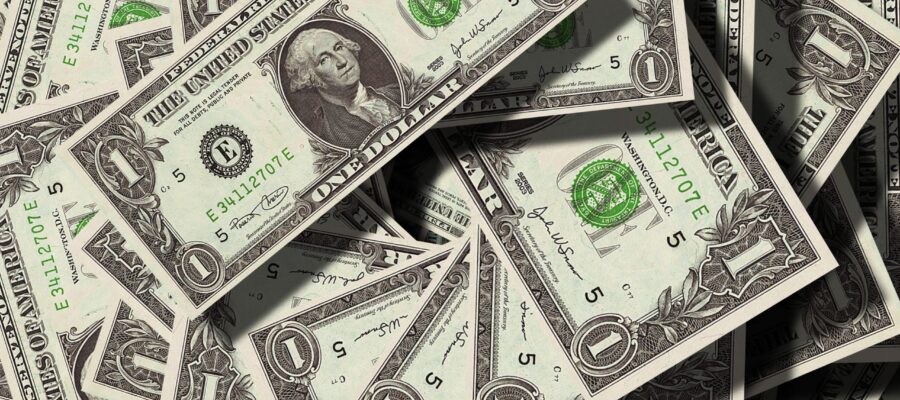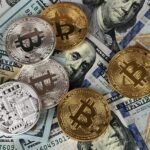In Part 1, we discussed The Classical Gold Standard. You can revisit “The Origins of Currency – Part 1” by clicking here. We will now move forward.
Gold Exchange Standard
Soon after the German economy was back on its feet, a system of fixed exchange rates was introduced in the year 1925, wherein countries would regulate their currencies using interest rates and gold accounts. Under the gold exchange standard, not only gold would be treated as a reserve, but a country can treat foreign exchange balances like gold for reserve purposes. Gold coins and bullions no longer circulated as freely as before. The general public won’t be able to exchange currency with their banks in smaller quantities. Countries still offered to exchange currencies for gold but typically only in large quantities, such as four hundred ounce bars. Paper money would still be as good as gold, but the gold would disappear into the central banks’ vaults.
The Gold exchange standard was similar to the Classical gold standard as it was self equilibrating in nature. Still, it had flaws, but one of the worst was the instability resulting from unexpected redemptions of gold. Suppose France had a trade surplus with England, France would receive sterling. The system could function reasonably well as long as France was willing to accept Sterling in trade and then redepositing back in the English Banks. But, one fine day, if France decides to redeem all of its sterling holding for gold, the English money supply would contract sharply; this new system causes large destabilizing swings that could turn to panic.
The Great Depression and its Repercussions
It all started on October 28, 1929, when the stock market fell 12.8 per cent in a single day, the stock market bubble had burst. This had led to a chain of events causing harm to every major economy. The year following 1929 saw rising unemployment, declining production, business failures, various bankruptcies and human suffering. In the year 1931, the banking sector across the globe came to its knees. Bank holidays were declared in various countries, and all the major economies went off the gold exchange standard temporarily, starting with England, September 21, 1931. The sterling fell sharply against the US dollar and continued drooping, falling 30 per cent in a matter of months.
While the US economy had been contracting since 1929, the devaluation of sterling against the US dollar had put more burden on its economy. England and all the other countries which went off the gold exchange standard were “exporting their deflation” to the nations which were still under the gold club. Instead of depreciating its currency against the other currencies, the then elected President Franklin D Roosevelt started devaluing US dollars against gold. Roosevelt might increase the dollar value of gold but doing so people would start buying and hoarding gold in anticipation of a further increase in the gold prices. So on April 5, 1933, Roosevelt passed an order which state:
Government confiscation of Gold


“I, Franklin D. Roosevelt . . . declare that [a] national certificates within the . . . United States by individuals, partnerships, associations and corporations…. All persons are hereby required to deliver, on or before May 1, 1933, to a Federal reserve bank . . . or to any member of the Federal Reserve System all gold coin, gold bullion and gold certificates now owned by them…. Whoever willfully violates any provision of this Executive Order . . . may be fined not more than $10,000 or . . . may be imprisoned for not more than ten years.”
The people of the United States were ordered to surrender gold and in exchange were offered paper money at 20.67 dollars per ounce. After this, Roosevelt started buying gold from the open market, driving up prices of the gold. Over three months, the gold price went up to 35 dollars an ounce, and the dollar was devalued by 70% when measured against the gold.
Many economies started improving and growing to heal the wounds of the great depression until the Second World War broke in the year 1939. Second World War marked the deadliest conflict in human history, including more than 100 million people from more than 30 countries. During any crisis, there are few parties which emerge with an upper hand; in this case, it was the United States. During the war, many industries were either shut or were producing weapons for war across a major part of Europe. The US saw this as an opportunity and started exporting various essential goods and commodities to different European countries, and all the gold started flowing to The United States.


By the time the world war two ended, the United States had more than 50% of the world’s gold reserves. It had become a superpower. Major economies started planning for a new monetary system which was led by none other than the United States.
Bretton Woods Era (1944-1973)


In 1944, Major Economies gathered at Bretton Woods, the United States, to regulate and finalize a new monetary system for the world. Under the Bretton Wood system, the US dollar was anchored to gold at $35 per ounce, and all the other currencies were then anchored to the US dollar.
Enter De Gaulle…
From 1955 to the better part of the 1960s, the United States experienced significant trade deficits, growing public debt incurred by the Vietnam War, rising inflation. These all factors led the public attack on the dollar by President Charles de Gaulle of France in the year 1965. He claimed the doom of the dollar and suggested that the US was printing dollars even without backing it to gold and because this, the total amount of dollar in circulation was greater than the value of gold held by The United States.


France converted $150 million of dollar reserves into gold and announced to convert another $150 million. Spain followed France and converted $60 million of currency into gold. This was the beginning of the end of the Bretton woods system. Massive amount of paper currency was chasing gold, the problem was not the shortage of gold but the excess of paper money in relation to gold, this excess money was reflecting inflation in the United States and the United Kingdom.
New Economic Policy
On Sunday, August 15, 1971, US President Richard Nixon announced the so-called “New Economic Policy” consisting of immediate wage and price controls, 10% surtax on imports and the closing of the gold window, which means dollar won’t be converted to gold by any of the foreign central banks, the conversion privilege for all other holders had been ended years before.
This was the end of another monetary system and the start of the era of Fiat money where the currency is not backed by any asset, just a faith of people in that piece of paper.



